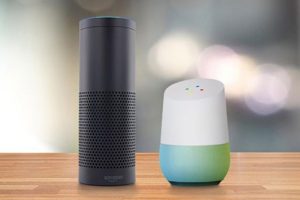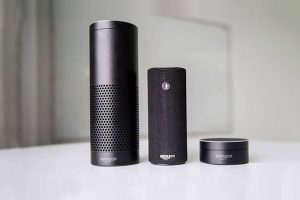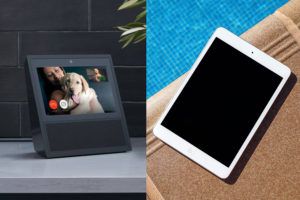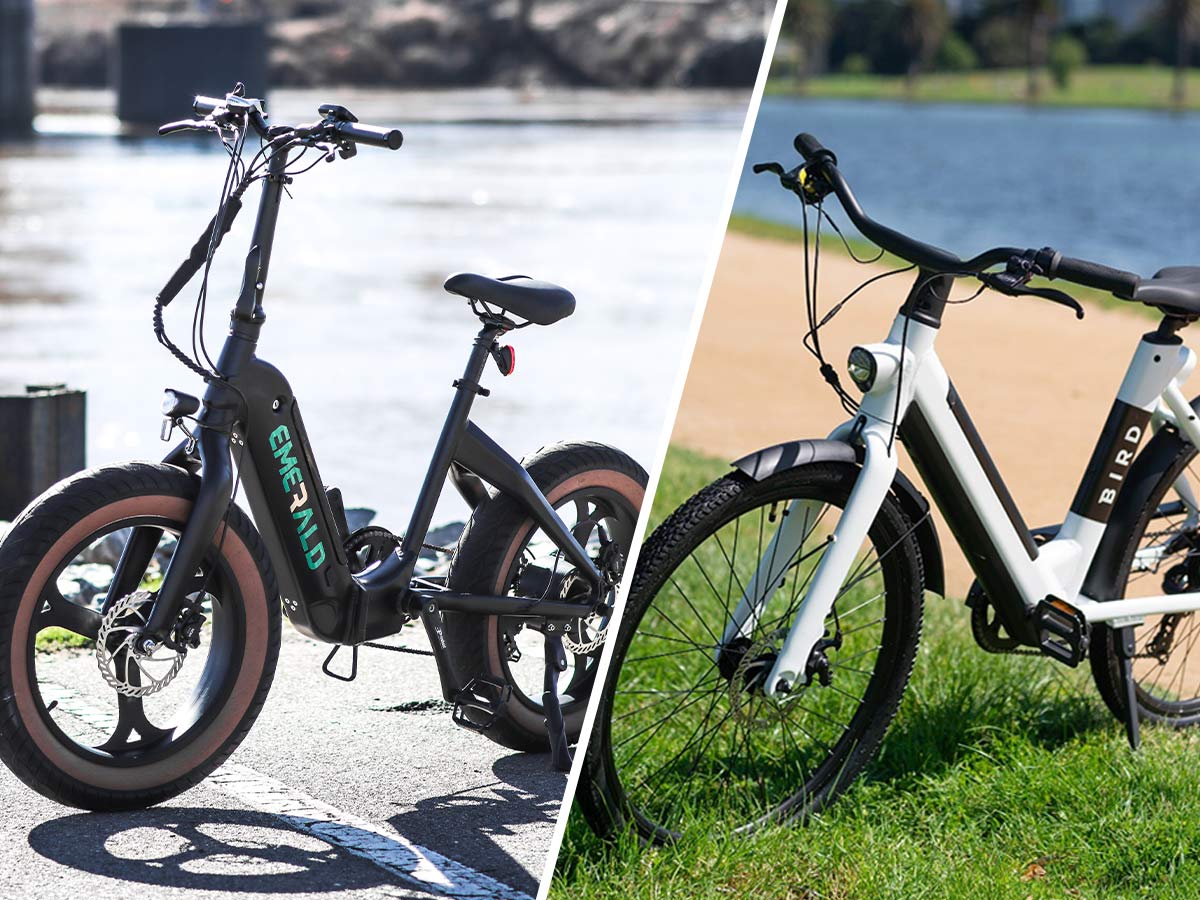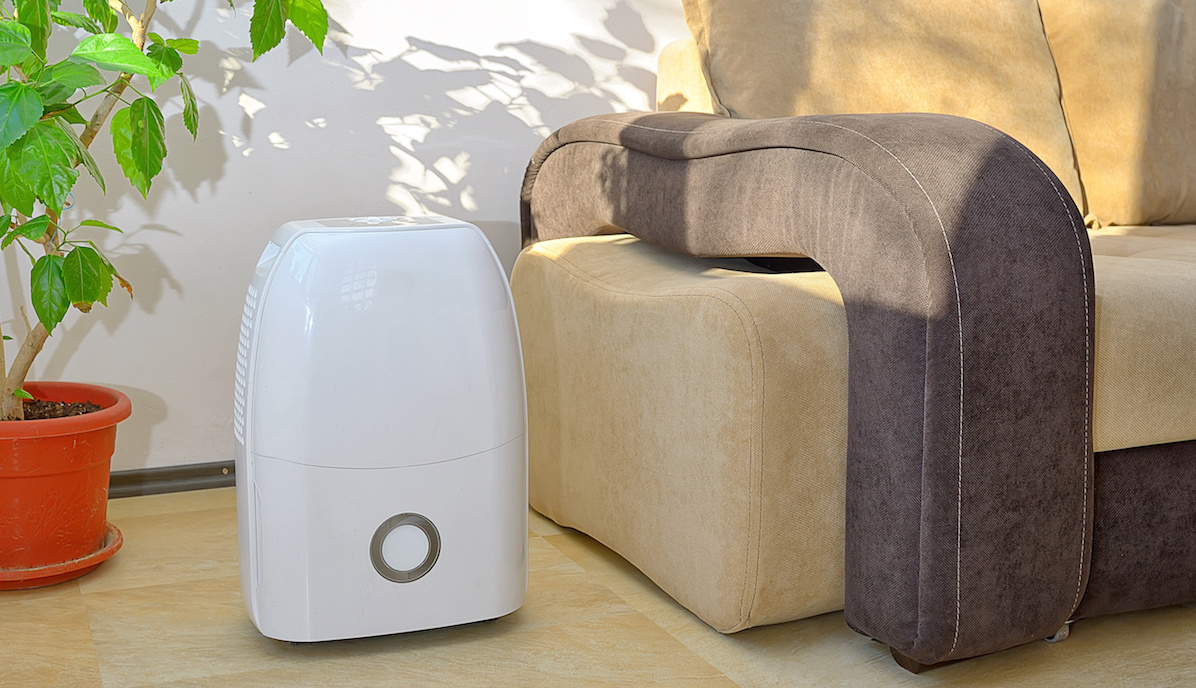Roku vs. Chromecast vs. Amazon Fire
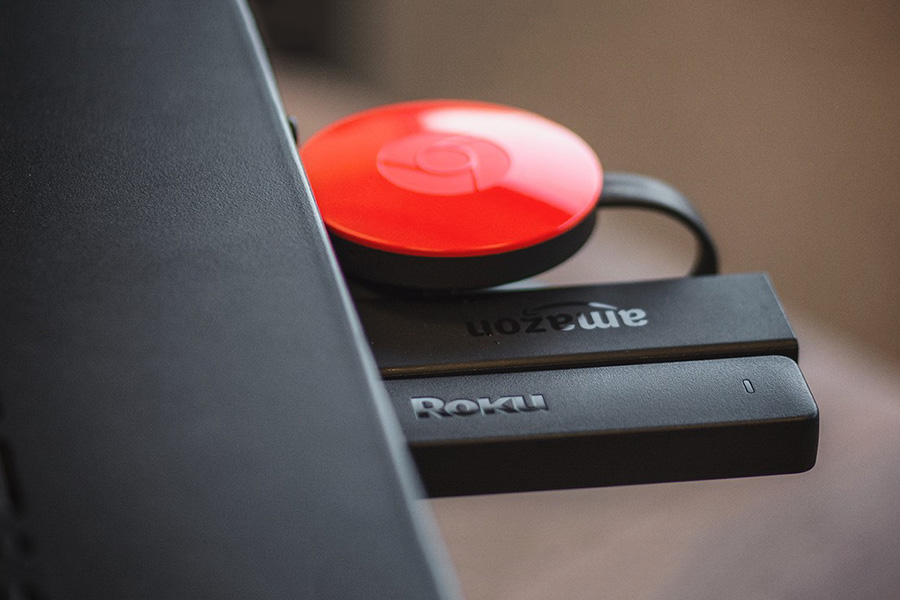
Cutting the cord to your cable or satellite service has never been easier. Just in the first quarter of this year, 800,000 people became cordcutters. Accordingly there are a ton of devices around now that let you watch TV through streaming services. Plug them in, and start watching via Netflix, Hulu, and more. Three of the biggest names out there are Roku, Chromecast, and the Amazon Fire Stick. We’re taking a look at which is best.
Price
How much are you willing to pay for your TV service? Each of these devices costs less than most cable packages, and it’s a one-time cost instead of a monthly one. Roku has been around for a long time, meaning that a lot of their old devices can still be found here and there. on the market, But they may not be supported by your television, and may have poorer quality than something newer. The good news is, there’s a wide range of newer Roku products out there. You can get a often find a Roku Express for as little as $29.99. Other options range from the slightly more expensive Roku Streaming Stick, to the Roku Premiere+, which lists for &89.99 but can sometimes be found for less. That last one’s not really necessary unless you have a 4K television.
Currently, Amazon Fire has two products you can purchase on the website. The Amazon Fire TV Stick is the least expensive option, usually priced at $39.99, while the Amazon Fire TV device typically costs around $89.99. The difference is a stronger processor, memory, and storage. With the Amazon Fire TV, you can store more apps and even play high-performance games through the device.
Chromecast also has two options for customers. The regular Chromecast is $35 and the Chromecast Ultra is $69. The differences between the two include video quality, connectivity options, and load times.
Quality
Quality is getting more and more important as people start buying 4K televisions. Each of these companies has a device that will stream in 4K Ultra HD, but doing so requires spending a bit more on upgraded equipment. Unless you actually have a 4K TV, you probably don’t need to go that route.
All the current Roku devices allow 1080p HD streaming, including the Roku Express. That means that your basic inexpensive streaming stick is capable of getting the most out of most HDTVs. But if you want 4K quality, you’ll have to start with the Roku Premiere. The Amazon Fire Stick and regular Chromecast also offer quality up to 1080p, but 4K Ultra-HD television requires an upgrade to the Amazon Fire TV or the Chromecast Ultra. Again – as long as you purchase a newer product, there’s not really a wrong answer here in terms of quality.
Remotes
Each company takes a slightly different approach to device control, which can definitely affect your experience. All Roku devices come with a small, easy-to-use remote that allows you to pick which apps you wish to use. Amazon also comes with a remote, but gives users the option to use voice command through their remote. Additionally, if you have an Echo product, you can ask Alexa play TV shows and movies without using a remote.
Chromecast is very unique in the fact that it doesn’t offer a traditional remote. Instead, you use your phone or tablet to find what you want to watch and cast it to your screen. That’s pretty cool, as long as your phone is charged. Like Amazon and the Echo, Chromecast can also take voice commands through Google Home.
Apps
The same apps may not be accessible for each of these devices. If you use Netflix or Hulu, you’ll be happy to know that you can watch movies and TV shows through each of these devices. However, Amazon Prime is limited to Roku and Amazon Fire devices. If you want to watch Amazon Prime Instant Video through Chromecast, you’re out of luck. Additionally, Amazon Music can only be streamed from Amazon devices. If you’re looking for apps other than what’s mentioned here, it might be worth researching on your own whether that app is compatible with a given product.

